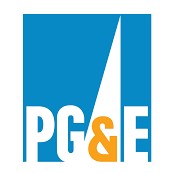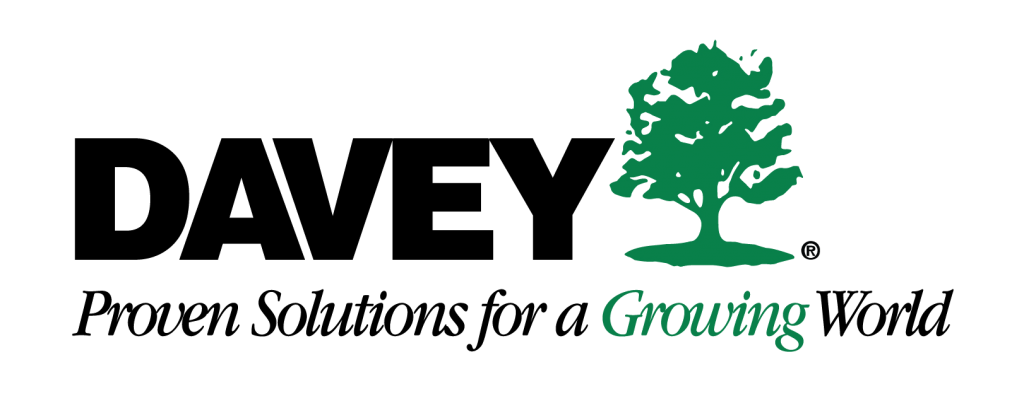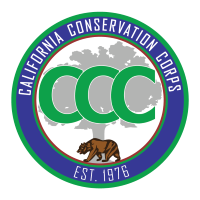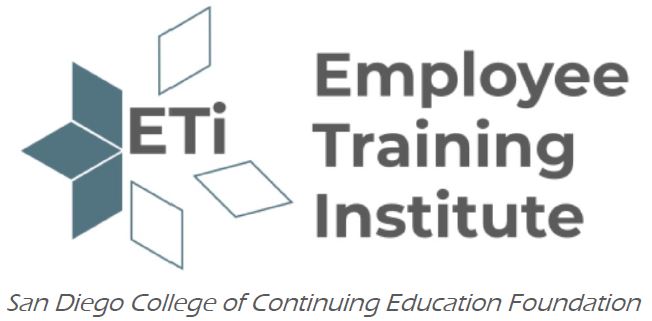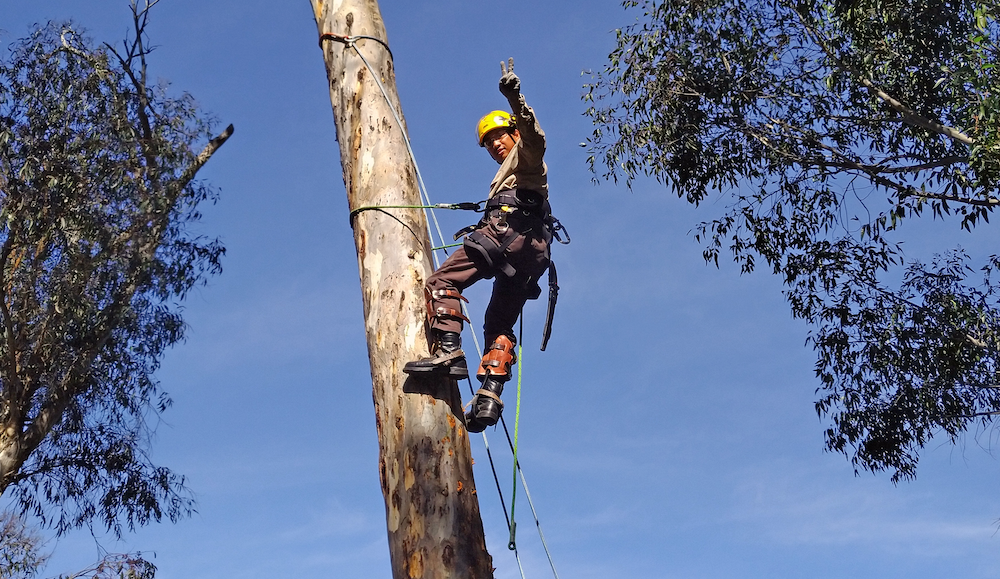Become a Utility Line Clearer / Arborist
Professional, trained arborists, know how to properly maintain trees for the safety of the public and the health of the tree. Their focus is to reduce the fire hazard caused by trees, branches or other debris coming in contact with energized power lines using safe work practices. Arborists have the knowledge and understanding of trees and shrubs common to their location. This knowledge helps them assess the condition of the trees, provide a diagnosis for potential diseases, and offer their recommendations on how to properly care and maintain the tree.
Registration and Enrollment
Choose from several course start dates per year!
Course Details
The skills that the Utility Line Clearance / Arborist trainees receive, provide knowledge in safe tree work practices, tree identification and biology, pruning, trimming and removal techniques and the ability to work as a member of a tree care crew using equipment such as chippers, chainsaws, ropes, and bucket trucks to accomplish their job. They perform pruning, trimming, removal and clearing of trees or brush around electrical power generation, transmission or distribution lines or equipment on behalf of an organization that operates, or that controls the operation of those lines and equipment. This requires the Utility Line Clearance Arborist to be familiar with special techniques and hazards involved in line-clearance tree trimming to prevent contact with energized lines by themselves, their equipment, or by the trees they maintain. This requires special training as outlined by OSHA.
- Learn the ins and outs of the industry from experienced arborists.
- Gain the knowledge and resources you need to get certified
- Communications
- Electrical Hazard Basics and Minimum approach distance
- Current ANSI Z133 Safety Standards
- Mobile Equipment operations
- Correct use of a chainsaw and felling procedures
- Worksite inspections and Hazard Identification
- Job site set-up
- Tree and Shrub identification
- Climbing basics
- Common knots used in tree care
- Pruning fundamentals
- Electrical Hardware Identification
- How an electrical grid functions
- Aerial lift basics
- Emergency Action Planning
- Fire prevention and response
MODULE 1 – Arborist Intro & General Safety
Day 1 – Introduction to Arboriculture Industry
Day 2 – OSHA 10 & First aid
Day 3 – OSHA 10 & CPR
Day 4 – Communications & Tree ID
Day 5 – ANSI Z133 & Knots
MODULE 2 – Mobile Equipment & Job Site
Day 1 – Job Site Setup, Flagger Training & PPE
Day 2 – Mobile Equipment, Herbicides
Day 3 – Fire Prevention
Day 4 – Site Inspections & Use of Chippers
Day 5 – Chipper Operations
MODULE 3 – Chainsaw & Chipper Operations
Day 1 – Chainsaw Maintenance & Cutting
Day 2 – Job Site, Chainsaw & Chipper
Day 3 – Tree felling, Chippers & Winches
Day 4 – Tree Felling & Chainsaw Operations
Day 5 – Electrical Hazards & Aerial Lift
MODULE 4 – Electrical Hazards, Pruning & Climbing
Day 1 – Electrical Hazards, Tree Biology
Day 2 – Pruning & Climbing Basics
Day 3 – Climbing Basics
Day 4 – Climbing Practice
Day 5 – Knot & Climbing Assessment
MODULE 5 – Skills Practice & Assessments
Day 1 – Aerial, Chain Saw & Chipper Practice
Day 2 – Aerial, Chain Saw & Chipper Practice
Day 3 – Aerial, Chain Saw & Chipper Practice
Day 4 – Aerial, Chain Saw & Chipper Practice
Day 5 – Safety, Test & Graduation
Trainees are required to be present at every class session to receive a certificate.
Melissa Bewley – Davey Tree Instructors
This course is free of charge.
San Diego, California
| Course Hours | Start Dates |
|---|---|
| 200 | April 22-May 23, 2024 |
Job Outlook
A Line Clearance Tree Trimmer will make no less than first-step apprentice starting wages as Groundsperson at $21.63 and Arborist at $25.23.
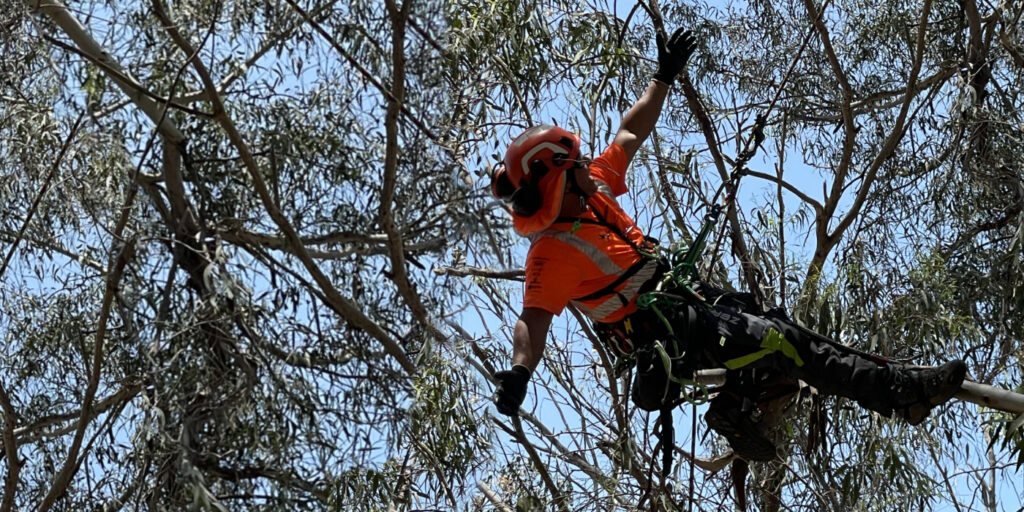
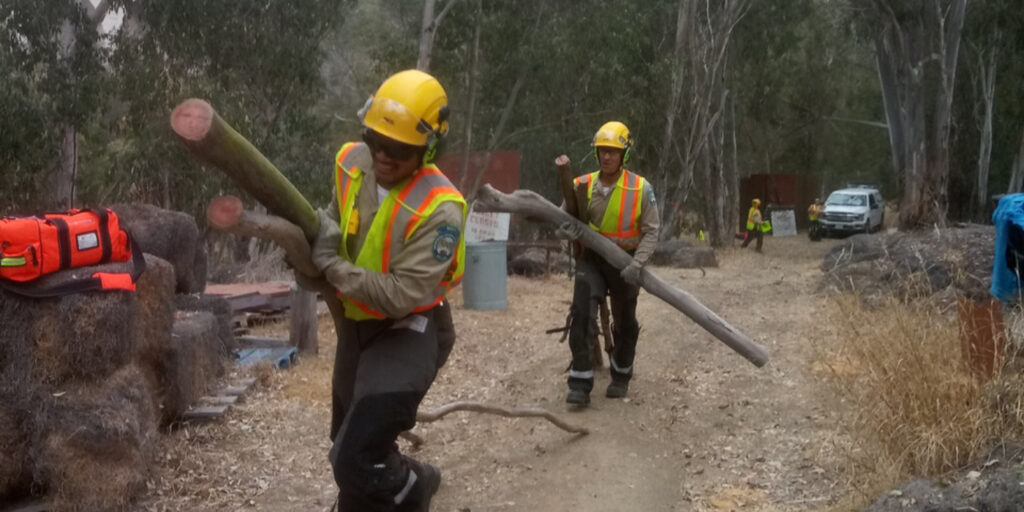
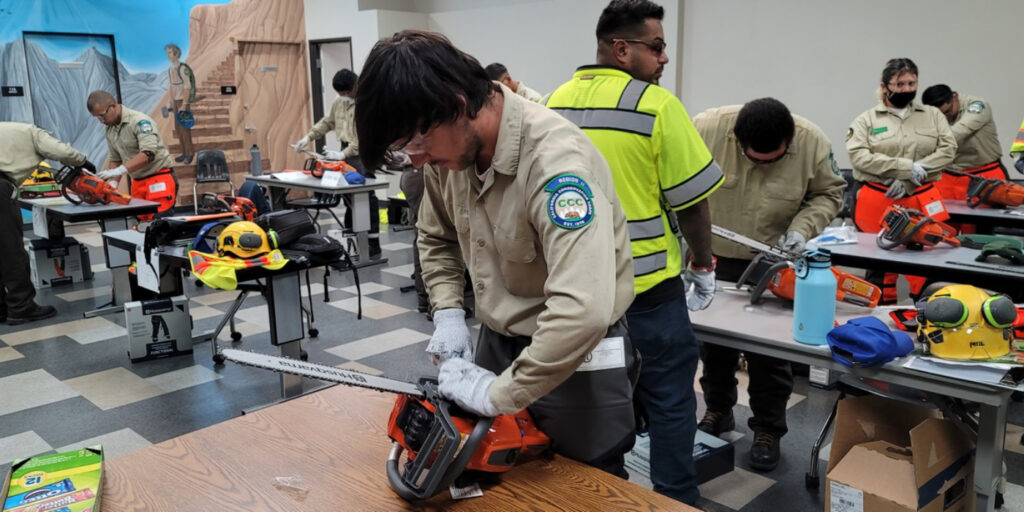
The cost of training, materials & equipment is funded by a grant from Pacific Gas and Electric and San Diego Gas and Electric.


Enroll Now!
Arborist training is in collaboration with:
